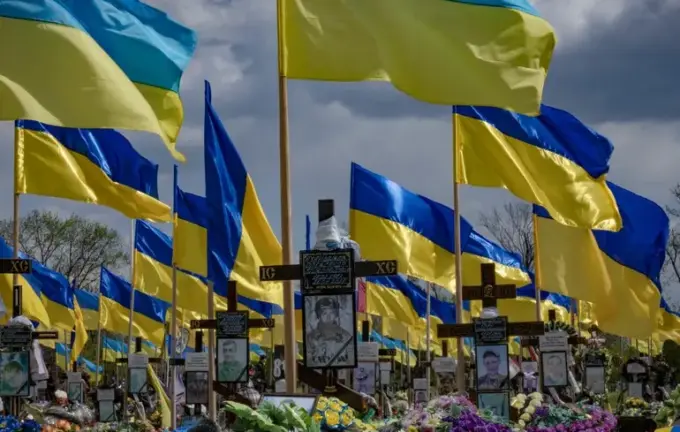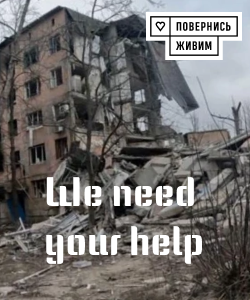Repatriation of Fallen Soldiers’ Bodies: An In-Depth Look at the Process of Returning Ukrainian Defenders

The return of fallen heroes’ bodies is one of the most complex and vital procedures amidst Ukraine’s ongoing war.
Since the start of Russia’s large-scale aggression, countless men and women have taken up arms to defend Ukraine, with many sacrificing their lives for the country’s independence and territorial integrity.
Currently, a pressing issue remains: the search for missing persons and the repatriation of their remains from Russian-occupied Crimea, Donbas, and other temporarily seized territories.
The Ukrainian Ministry of Internal Affairs provides detailed insights into how the bodies of slain soldiers are brought back from enemy-controlled regions.According to the MVS press service, the process involves several critical stages: from the moment of death to finally returning the bodies onto Ukrainian soil, a series of intricate mechanisms are activated.
Specialized teams extract the deceased from combat zones or occupied regions, transport the remains, and prepare them for repatriation.
Russia also participates in this process by retrieving the bodies of their soldiers, while the number of Ukrainian casualties still held in the enemy’s territory remains unknown.
Ukraine is making every effort to return and identify each fallen defender, honoring their memory with proper remembrance.Upon arrival in Ukraine, the bodies undergo thorough examination by investigators and explosive experts from the National Police.
They document the condition of the remains, take photographs, and search for identification documents or other belongings that could assist in recognition.
However, many bodies are returned in unrecognizable states: mummified, decomposed, damaged, fragmented, or charred.
These factors complicate the identification efforts.The primary method used is forensic DNA analysis.
This involves comparing tissue, tooth, hair samples, or personal belongings with a database of DNA profiles linked to relatives of missing persons—ERSGIL.
The process is time-consuming due to the need to collect and process biological samples and establish matches.
Laboratories dedicated to genetic testing analyze samples to create DNA profiles for comparison.To preserve remains, bodies are stored in specialized refrigeration chambers while awaiting identification.
Information about the remains is stored in official registers until confirmation of identity is obtained.
Only after the DNA matches and all necessary examinations are completed do relatives receive notifications for funeral arrangements.
Corpses are prepared for return with national flags and military honors, symbolizing a solemn farewell to heroes who sacrificed everything for their country.Ukraine’s Internal Minister Ihor Klymenko reports that the process is complicated further by the poor condition of the bodies, which are often returned in damaged, partial states, sometimes even alongside bodies of Russian soldiers.
These challenges hinder the recognition process and impact the proper honoring of Ukraine’s defenders.

